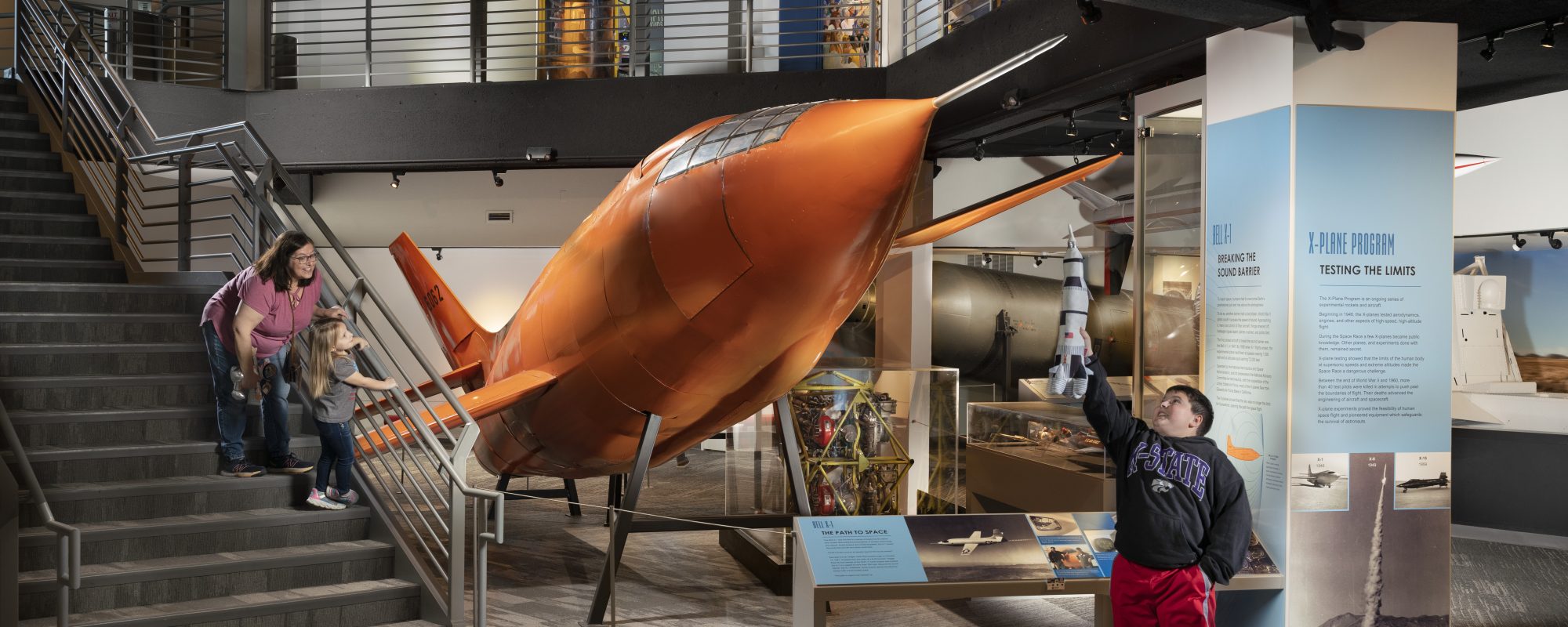By Dr. Steve Hawley
I was Deputy Director of FCOD (Flight Crew Operations Directorate) starting in 1992. I may have been acting Director in 1993 when Don Puddy was reassigned. I don’t recall the specific dates, I just seem to remember when we transferred the T-38. About that time we were converting our fleet to an upgraded avionics configuration in collaboration with the USAF. We were also installing more capable ejection seats. I think we lacked the funds to upgrade every T-38 we had so a small number were available for other purposes. As I recall, some of the T-38s that were not modified were used only by the instructor pilots.
Flying the T-38 was a very important part of training for spaceflight. I would go so far as to say it was critical. The skills we used in the jets were, in many cases, the same we used when we flew the Shuttle. Some examples were the ability to use checklists, the ability to plan a flight, learning and sometimes having to execute emergency procedures. I did have to deal with real emergencies several times in my flying career. Flying the jets required that you were able to effectively talk on the radio and develop crew coordination skills. I learned to work with many different pilots and their various approaches to high performance aviation. Manually flying the jet was great for developing hand-eye coordination. I thought it was particularly useful for astronauts who would fly the RMS. Your judgment skills were on display when you flew the jets. For instance, how did you manage the fuel, the airports where you landed, and what kind of decisions did you make about the weather. How did you work with the other crewmember in the jet? NASA had an obligation to provide flight time to the military pilots, but the T-38 training was arguably at least as important for the mission specialists who hadn’t had the opportunity to develop and demonstrate the various skills before coming to NASA. In fact, the performance of an astronaut in the T-38 was the single most valid predictor of that astronaut’s performance in spaceflight. That’s why ISS astronauts still train in the T-38 even though no one flies the ISS.
As I mentioned, the skills used in flying the T-38 are similar to those skills used in Shuttle missions. Wearing a helmet and being strapped into a seat were similar in the T-38 and the Shuttle. My favorite part of flying the jet was the view. The view from the Shuttle was better. What I didn’t like about flying the T-38 was the fact that it didn’t carry very much fuel.
It was common to fly the T-38 to the many sites where we were assigned to support the program. That could be a contractor facility, a payload development site, or one of the NASA centers. I was assigned to KSC for STS-2, 3, and 4 testing and launch support. I was also assigned to the KSC portion of the Challenger investigation, so I spent a lot of time flying back and forth between Houston and KSC. We did Shuttle Training Aircraft training at White Sands, so we spent a lot of time going back and forth to El Paso. When we were assigned to a mission, it was common to have training activities at other sites and the T-38 made it practical to be able to meet all of the different training obligations in all the different locations. In 1979, five friends and I organized a trip using three T-38s to North Dakota and Montana to chase the solar eclipse. We had sold the idea based on the similarity between planning for the mission and for the photography and other data takes we would do and what we would do as scientists on the Shuttle. I’ve flown over Salina several times and I’ve also landed there several times. Many of my friends did, too. Being in the center of the country, Salina was a convenient place to stop for fuel whether you were going north – south or east – west.
Perhaps the things from Shuttle flights that would translate to helping people deal with being confined at home would be having something interesting or challenging to do. I would also suggest that having a schedule of activities helped. Our activities were often scheduled to the minute, so we had a lot of structure in our days. That’s a bit extreme, but some sort of regular schedule could be of value to those stuck at home.
Dr. Steve Hawley is a former astronaut who flew five Space Shuttle missions, including two to the Hubble Space Telescope, and a long-time friend of the Cosmosphere, currently serving on the Board of Directors of our Foundation Board. He is a native Kansan and professor emeritus of physics and astronomy at the University of Kansas.


